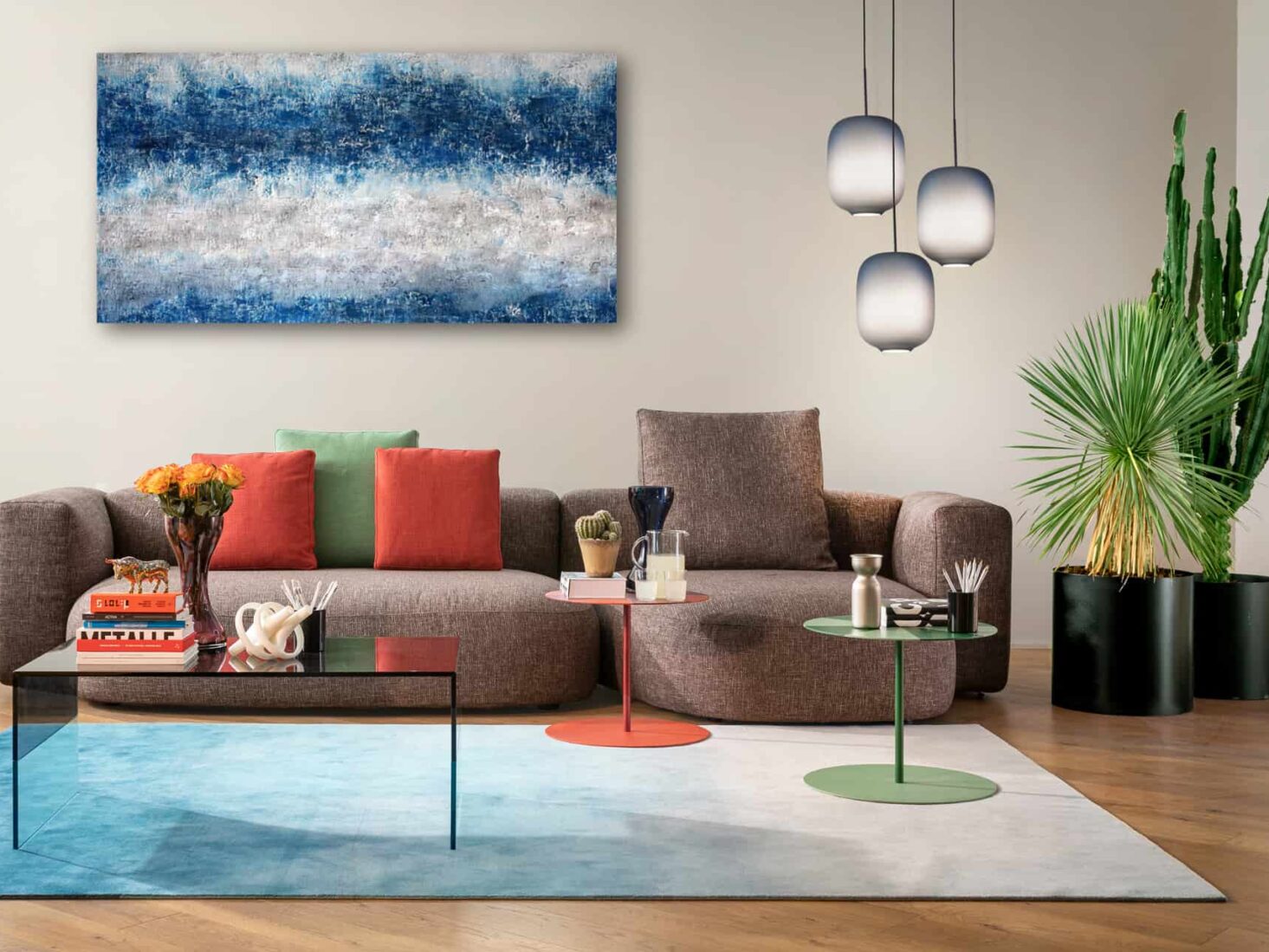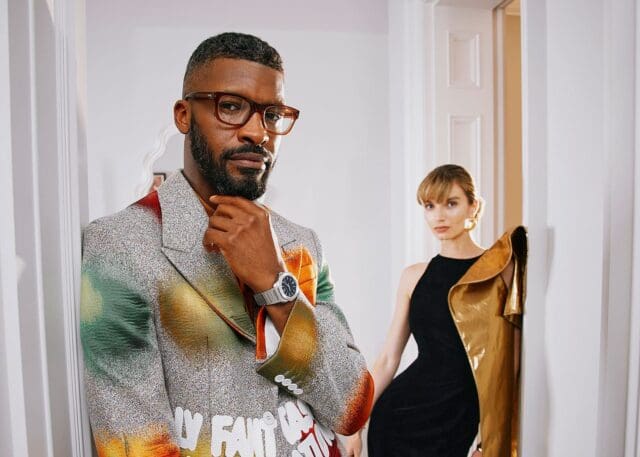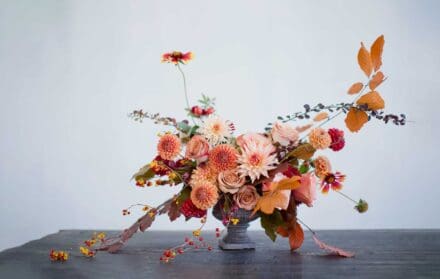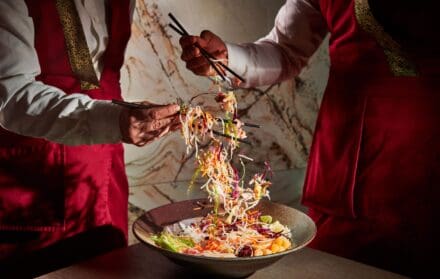
Giulio Cappellini: The father of modern furniture design
More than 40 years after he took over the family business, Cappellini explains why he’s still passionate about championing emerging talent
Giulio Cappellini says that he must have been drunk when he proposed a radical overhaul of his father’s business. This was back in the 1980s, when Cappellini was a small furniture maker, one of thousands in Italy, selling solely within its home nation.
Giulio, who initially planned to train as an architect, had other ideas: the family firm – established by his father, Enrico, in Lombardy in 1946, a phoenix from the ashes of war-torn Italy – should become a mediator for great furniture design from around the world, a means of connecting designers with an increasingly design-aware market. There was already this thing called ‘designer’ clothing. Cappellini could do ‘designer’ furniture.
“Italy was already well-known for Italian design, of course,” says Cappellini, the company’s artistic director since 1979. “But it occurred to me that, while the country has this big tradition of furniture production, it held on to the idea that apparently nothing was happening anywhere else in the world – so I started to travel to test that out.
“A lot of my colleagues said I was going to destroy Italian design – ‘why do you want to work with foreign designers?’ I had to tell them that I didn’t care if the designer was born in London, Milano or Sydney. The most important thing is that they were good.”
It’s not too bold a statement to say that Cappellini created the international market for modern designer furniture by providing major breaks to a number of designers that would go on to become household names, at least in well-appointed houses: the likes of Tom Dixon, Jasper Morrison, Marc Newson, Alessandro Mendini. It was Cappellini that facilitated the production and distribution of many of their key early designs.

Cappellini also set about reintroducing designs from past decades; designs that modern technology now meant could be manufactured affordably, including some of Joe Columbo’s progressive pieces from the 1960s.
Cappellini would be drawn to the bold ideas that straddled functionality and art, the clever use of new materials and production processes, the hard-to-make, and maybe hard-to-sell, but the worth-making-anyway. He’d scour graduate shows and trade fairs.
“A lot of my colleagues said I was going to destroy Italian design. I had to tell them that I didn’t care if the designer was born in London, Milano or Sydney. The most important thing is that they were good.”
Giulio Cappellini
These days the mountain comes to Muhammad: Cappellini receives some 200 drawings from aspiring designers every month. His big tip: look to the new generation of designers coming out of eastern Europe.
“But that’s all OK for me,” says Cappellini, “because I want to find those right people, the passionate ones, and then to be as generous as I can in helping them. Sometimes I can see a sketch or a prototype and that’s enough, or maybe just a meeting with someone can convince me. I need the feeling that ‘wow, I want to have this product tomorrow morning in my home’. You can’t be 100 per cent rational in considering a design – you need to have an emotional response.”
And he’s prepared to play the long game when it comes to more progressive designs. Often a design can make no obvious commercial sense given the laboriousness and complexity of production. Or, it can have no obvious customer.
“The fact is that if you have a really innovative idea, it can take time before it takes hold in the market,” says Cappellini. He cites Jasper Morrison’s Thinking Man’s chair – Cappellini sold, wait for it, just two of them in the first couple of years. Now, the company sells several hundred each year. “But I don’t believe so much in marketing because when you speak to someone in marketing they tell you to do something just like a product that already exists,” Cappellini chuckles.

A survey of some of Cappellini’s most famous designs indicates the breadth and originality of the company’s interest: in 1981 came the Sistemi collection – the first piece Giulio had a defining hand in – a new way of looking at cabinets, making them modular and so buildable into, for instance, shelving. The Progeto Compiuti collection with Shiro Kuramata, a curvaceous drawer unit, was the piece that found a spot in art and design museums around the world. The late 80s saw Cappellini establish lasting relationships with Morrison and Newson – helping bring to market their Thinking Man’s Chair and Embyo Chair, respectively.
Come the early 90s and Cappellini made a move into design accessories and homewares, creating the ‘House of Cappellini’ – an entire home set decked out with Cappellini products – that would come to define how many other design companies, not least Ikea, would choose to showcase their wares. In 1993, the company produced Medini’s Proust chair, in 1996 Marcel Wander’s Knotted Chair. Come 2014, when the Marangoni Institute opens its Milan furniture design school, there’s only one company it’s going to call on to design its interiors. Likewise, it’s Cappellini that decks out Mondrian Hotels around the world, the Swiss National Library in Bern, and the HQ of Microsoft in Amsterdam.
Cappellini once produced a sound-proofed ‘privacy’ chair that made it very hard to hear what was being said by anyone sat in it. Given its size, and tricky production, Cappellini resigned himself to just selling a few. But, suddenly, it found a market in airport lounges, corporate lobbies and anywhere where business is conducted.
Indeed, the real growth market for Cappellini is no longer furniture for the home but for public spaces – offices, hotels, receptions – that have undergone a revolution in style, branding, utility and Instagram-ability that makes them more like private homes.
“So we have to be conscious of creating hybrid products that can sit as well in the office as at home. In fact,” says Cappellini, “these markets are overlapping and getting closer. That’s all good now because interest in design for the home is on the down at the moment. Look inside the homes of many young people today and it’s all very bourgeois. It’s all very beige and brown, very safe and quiet. And then go to a hotel or an office and it’s all colour and shape. At least that helps people get more comfortable with the idea.”

Cappellini is constantly having to deal with the whims of a furniture market that is becoming more like the fashion market – increasingly driven by names – where different mindsets appropriate different value to different products.
Sure, he says, people are happier to mix, say, Ikea with Cappellini, more so than they might be Zara with Gucci. And he’s more aware, too, of the brand power of the Cappellini name these days. Perhaps that’s why Cappellini has dabbled with his own fragrances and later this year will see the opening, in Ho Chi Minh City, of what may prove the first of many Cappellini cafes. The more Cappellini gets itself out in the world, Giulio hopes, the more shoppers will be encouraged to make less safe, less bland choices.
“Many more people now see examples of great furniture design in museums,” he says, “but they’re still afraid to put design stuff in their homes because they think they’ll go off it – though I think that absolutely isn’t the case with good design.
“Besides, I always say that if you take 10 people who all dress in the same way, and who all drive the same kind of car, they’ll still have 10 very different homes – more and more we want our homes to reflect our own personality, which hopefully will encourage us to make more interesting choices.”
Then there’s the challenge of getting people to pay. ‘Designer’ furniture typically doesn’t come cheap. It’s why there’s a hunger for more mass-produced products with high-design content but approachable prices. It’s also why there’s a buoyant market for rip-offs, which is hard to police and, as in fashion, has a hungry audience.

“People will pay for a name in fashion, or with a car, but say ‘why should I pay for a design name in furniture that isn’t that well-known?” Cappellini laments. “‘We can buy something similar but that’s 30 per cent less expensive.’ But that’s all about the need to get across exactly why furniture design costs what it does. Yes, you can do a good chair that costs €300 and one that costs €1,500. And, if in the past the design market tended to mean low distribution, low quantity, high price, today it can be high distribution and low price.
“We need to explain that relationship between quality and price, so people are happy to buy the original piece of furniture because they know they’re paying for the research and the innovation and the materials.”
That isn’t easy, he concedes, but the fun of exploring ideas and processes to make striking objects, which might sit in a living room for generations, or in the permanent collections of many of the world’s leading art museums, or even in your workplace, has given him a very rewarding career.
“I was lucky because my father listened to my ideas and just said, ‘OK, go ahead’,” Cappellini says. “And in a few years we’d totally changed what Cappellini was about. Looking back, it’s been great to get so many designs into museums – but, more so than ever, I really want to get great design into people’s homes.”






